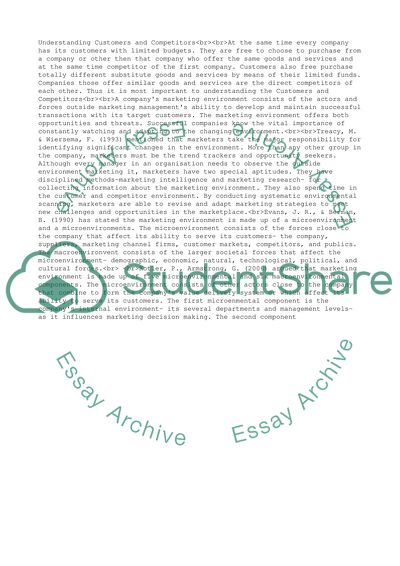Cite this document
(“Understanding Customers and Competitors Essay Example | Topics and Well Written Essays - 5000 words”, n.d.)
Understanding Customers and Competitors Essay Example | Topics and Well Written Essays - 5000 words. Retrieved from https://studentshare.org/business/1530930-understanding-customers-and-competitors
Understanding Customers and Competitors Essay Example | Topics and Well Written Essays - 5000 words. Retrieved from https://studentshare.org/business/1530930-understanding-customers-and-competitors
(Understanding Customers and Competitors Essay Example | Topics and Well Written Essays - 5000 Words)
Understanding Customers and Competitors Essay Example | Topics and Well Written Essays - 5000 Words. https://studentshare.org/business/1530930-understanding-customers-and-competitors.
Understanding Customers and Competitors Essay Example | Topics and Well Written Essays - 5000 Words. https://studentshare.org/business/1530930-understanding-customers-and-competitors.
“Understanding Customers and Competitors Essay Example | Topics and Well Written Essays - 5000 Words”, n.d. https://studentshare.org/business/1530930-understanding-customers-and-competitors.


